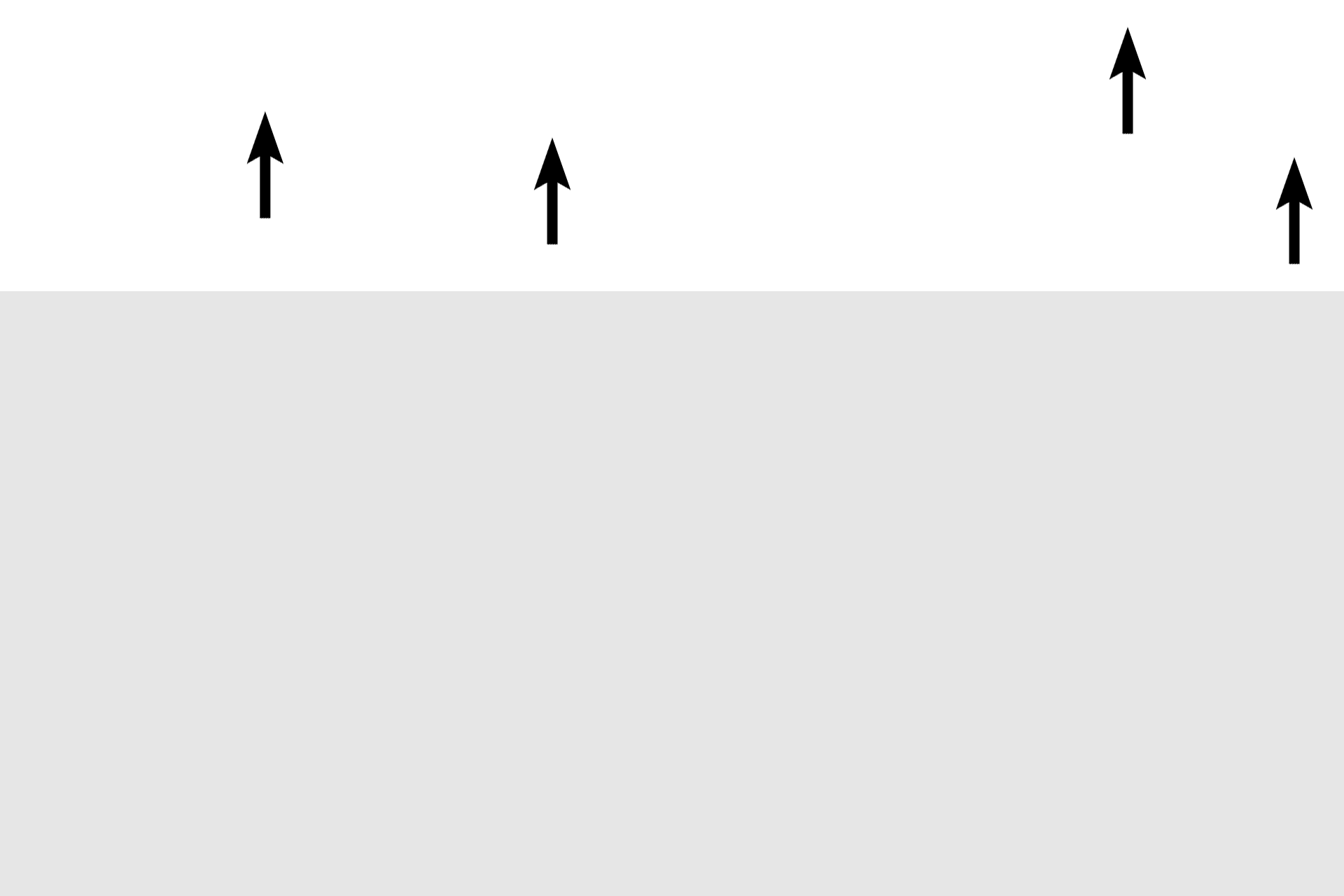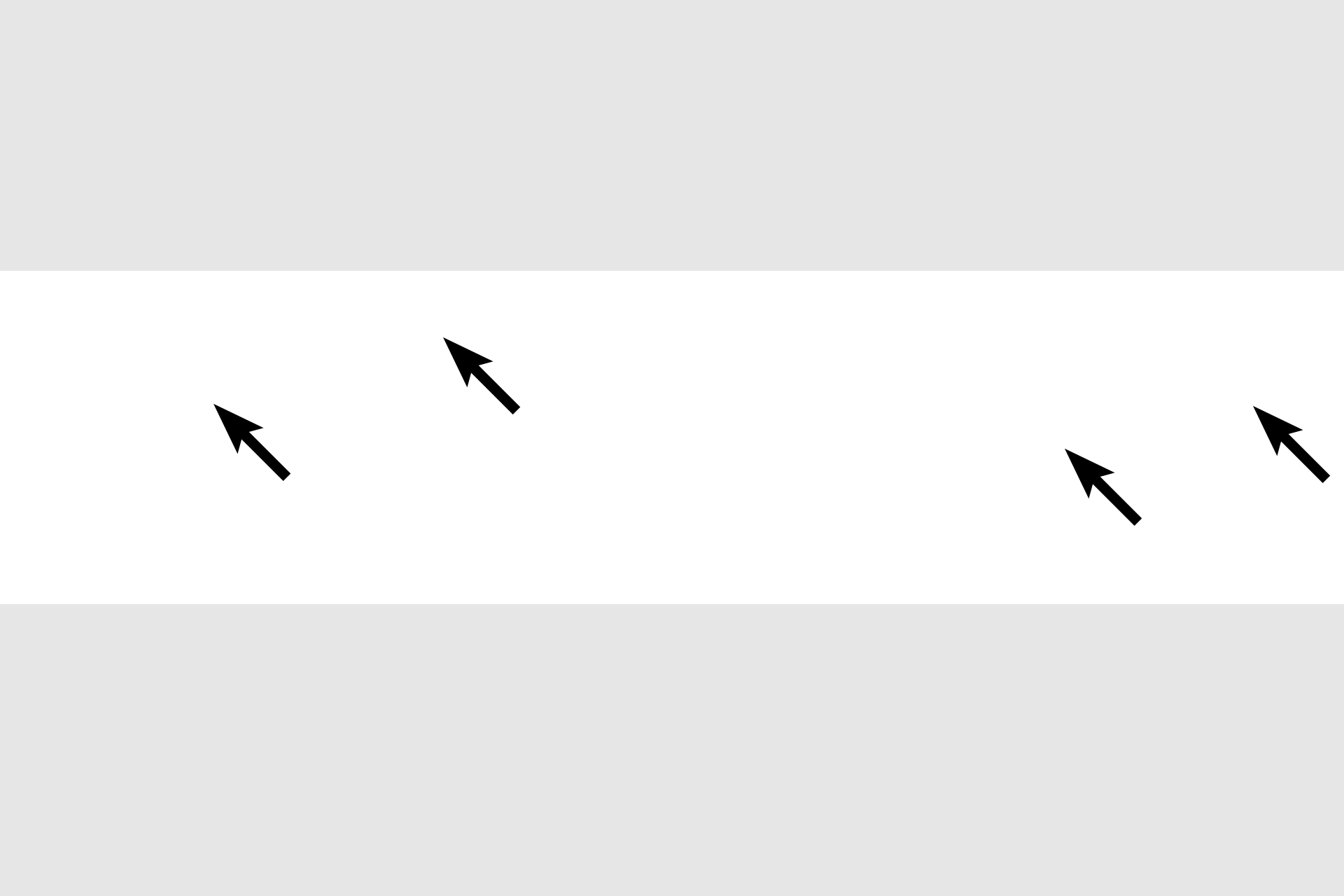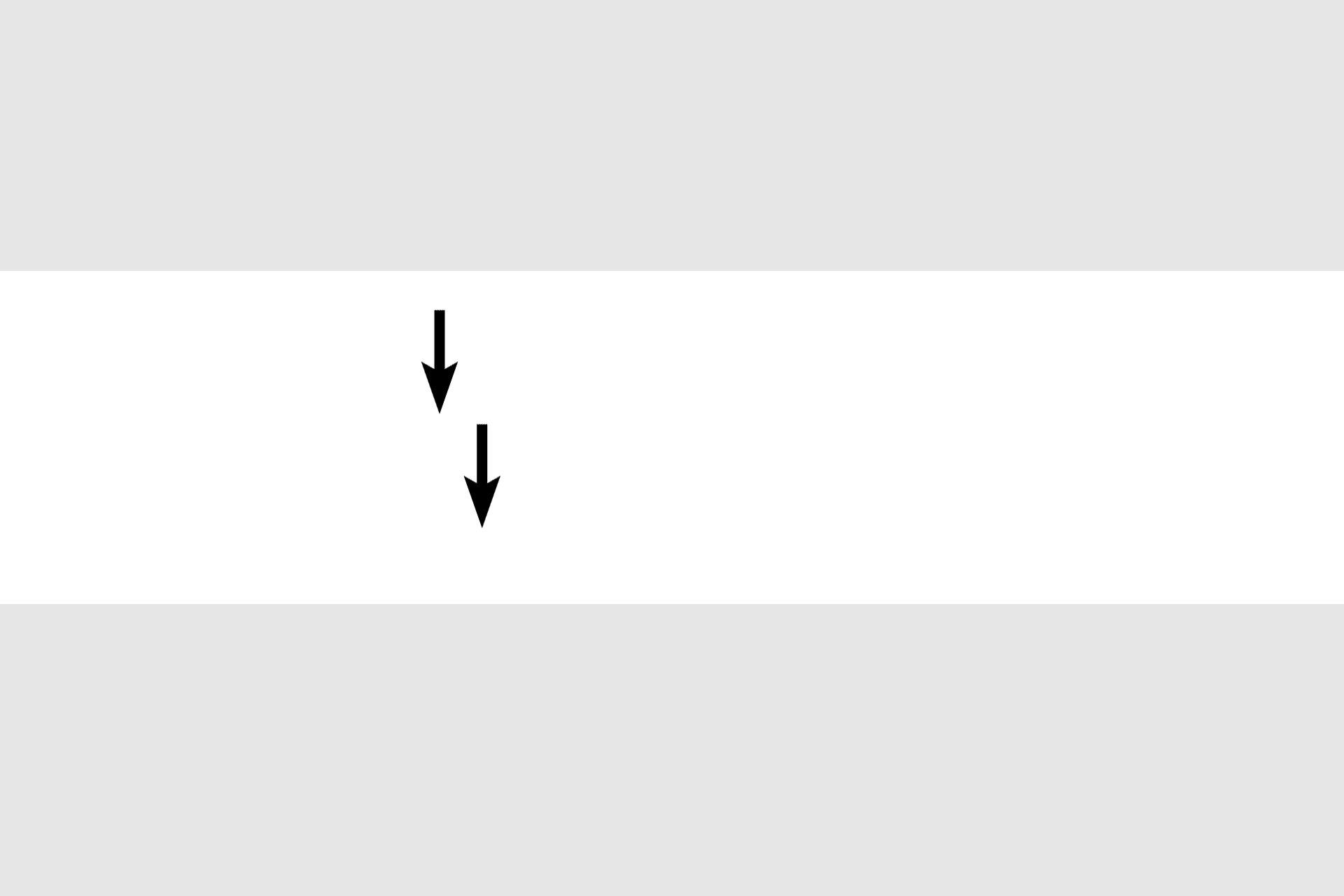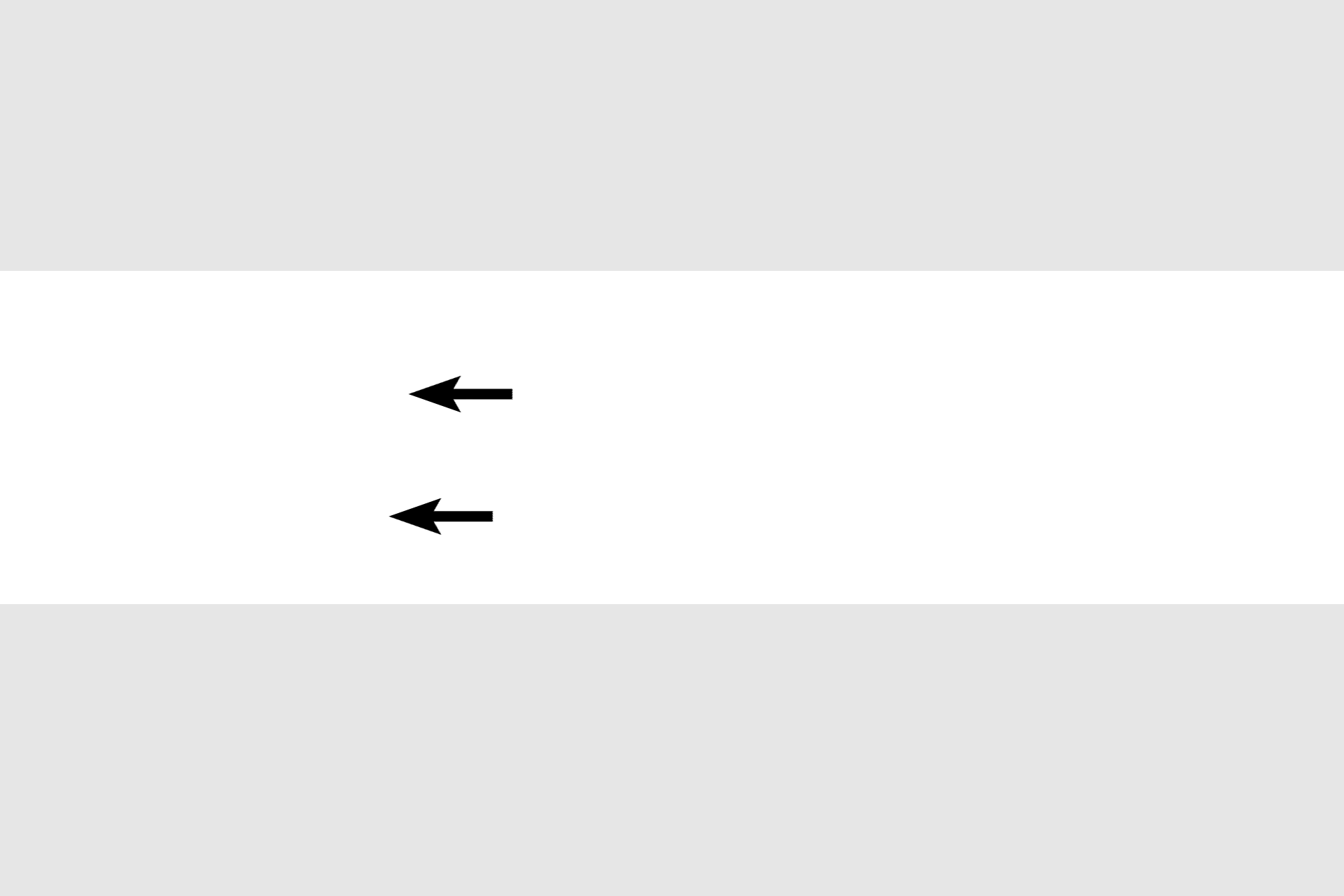
Muscle types
Muscle, one of the four basic tissues of the body, is specialized for contraction. The cells that comprise muscle tissue are referred to as muscle fibers or myocytes. The three types of muscle fibers are compared in this diagram. Skeletal muscle is at the top, cardiac muscle is in the center and smooth muscle is in the lower panel. Longitudinal sections occupy the left portion of the diagram and cross-sectional representations are on the right.

Skeletal muscle fibers >
Skeletal muscle fibers are cylindrical tubes with multiple nuclei that are peripherally located in the fiber, just beneath the plasma membrane (sarcolemma). Because skeletal muscle is under voluntary control, it is classified as voluntary, striated muscle.

- Nuclei
Skeletal muscle fibers are cylindrical tubes with multiple nuclei that are peripherally located in the fiber, just beneath the plasma membrane (sarcolemma). Because skeletal muscle is under voluntary control, it is classified as voluntary, striated muscle.

- Striations >
Fibers show prominent cross-banding (striations), produced by the alignment and overlap of intracellular myofilaments. Myofilaments consist primarily of either, actin or myosin proteins.

- Myofibrils >
Myofilaments are bundled into cylindrical, intracellular structures called myofibrils that are oriented longitudinally in the fiber. They are best seen in cross sections, and in this illustration, appear as tiny dots.

Cardiac muscle fibers >
Cardiac muscle fibers are also cylindrical, however, they branch. They have a single, centrally located nucleus and, like skeletal muscle fibers, are striated, but the bands are less prominent. Cardiac muscle is mostly restricted to the wall of the heart and is classified as involuntary, striated muscle.

- Nuclei
Cardiac muscle fibers are also cylindrical, however, they branch. They have a single, centrally located nucleus and, like skeletal muscle fibers, are striated, but the bands are less prominent. Cardiac muscle is mostly restricted to the wall of the heart and is classified as involuntary, striated muscle.

- Striations
Cardiac muscle fibers are also cylindrical, however, they branch. They have a single, centrally located nucleus and, like skeletal muscle fibers, are striated, but the bands are less prominent. Cardiac muscle is mostly restricted to the wall of the heart and is classified as involuntary, striated muscle.

- Myofibrils
Cardiac muscle fibers are also cylindrical, however, they branch. They have a single, centrally located nucleus and, like skeletal muscle fibers, are striated, but the bands are less prominent. Cardiac muscle is mostly restricted to the wall of the heart and is classified as involuntary, striated muscle.

- Branching fibers >
Individual cardiac muscle fibers branch, allowing them to form a dense feltwork that makes up the myocardium of the heart.

- Intercalated discs >
Cardiac muscle fibers are much shorter than skeletal muscle fibers and form numerous end-to-end junctions with other fibers. These junctions, called intercalated discs, are formed by complex membrane interactions between adjacent fibers.

Smooth muscle fibers >
Smooth muscle fibers are spindle shaped, i.e., they taper toward their ends. They have a single, centrally located nucleus and are non-striated. Myofilaments are not organized into myofibrils and, thus, no banding pattern is present. Smooth muscle fibers are the smallest fiber type and form much of the wall of hollow organs and blood vessels. Smooth muscle is classified as involuntary, non-striated muscle.

- Nuclei
Smooth muscle fibers are spindle shaped, i.e., they taper toward their ends. They have a single, centrally located nucleus and are non-striated. Myofilaments are not organized into myofibrils and, thus, no banding pattern is present. Smooth muscle fibers are the smallest fiber type and form much of the wall of hollow organs and blood vessels. Smooth muscle is classified as involuntary, non-striated muscle.

Striated muscle fibers >
The term striated muscle refers to both skeletal and cardiac muscle fibers. The striations result from the orderly overlap of myofilaments, the organization of which is similar in both skeletal and cardiac muscle fibers.